
Learn about the Colours of Sugar Test, a method to detect reducing sugars using Benedict's solution.

Explore the rarity of astatine, the rarest natural element on Earth, with only 25 grams found in the crust.

Discover Astatine, the rarest naturally occurring element on Earth, and learn about its unique properties and rarity.

Learn if magnesium emits gas during reactions and what to expect when it interacts with acids.
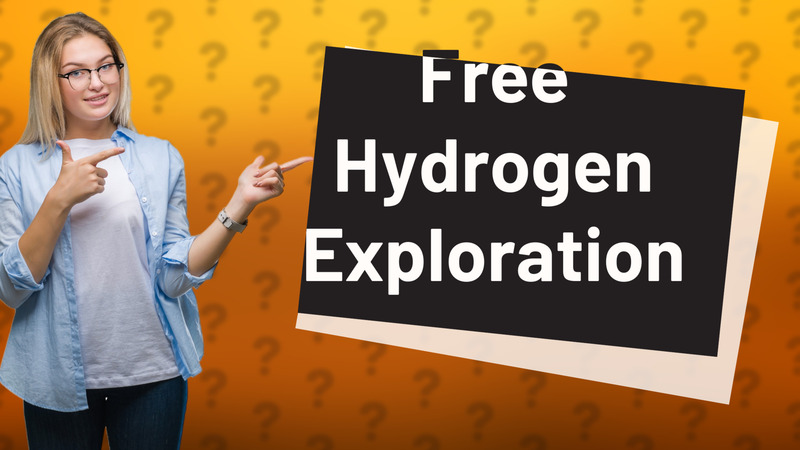
Discover the truth about free hydrogen: where to find it in space and its rarity on Earth.

Discover the molecule responsible for the delicious smell of popcorn, enhancing your culinary knowledge.

Discover the explosive nature of hydrogen, including safety tips for handling and storage.

Discover whether baking soda and water can produce hydrogen gas with expert insights.

Discover how the presence of sugar affects the color change of Benedict's solution during testing.

Learn what 'prime' means in chemistry and how it affects your experiments and measurements.
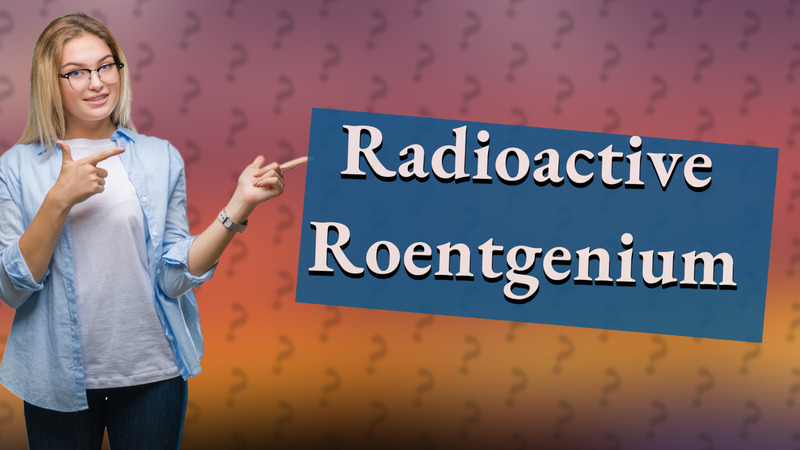
Discover if roentgenium is radioactive and learn about its decay properties and applications in science.
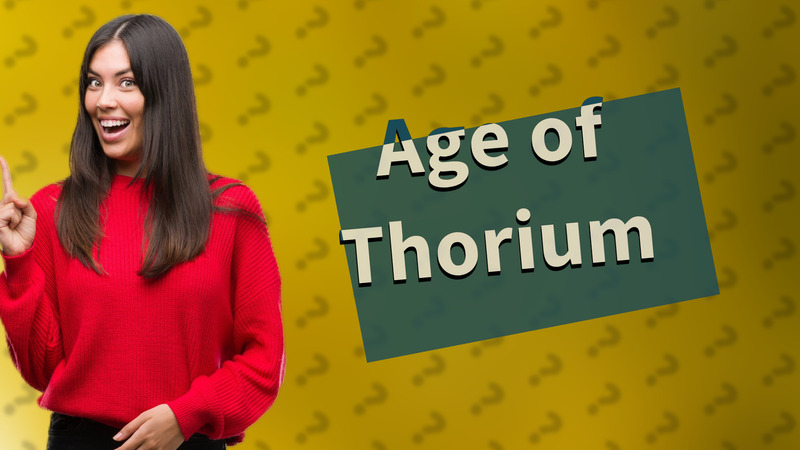
Discover the ancient origins of thorium, a naturally occurring radioactive element found in the Earth today.

Discover the science behind copper sulfate dissolving in water and its applications in chemistry.

Discover the cosmic origins and rarity of boron, a unique element crucial for various applications.

Explore the extreme conditions required to alter or destroy boron, a highly stable element. Learn about boron's remarkable properties.

Discover the multiple daily uses of boron in products like detergents, cosmetics, and supplements for health.

Learn about astatine, the rarest element on Earth, its properties, and where it can be found in minute quantities.

Learn about Sigma Z, the atomic number in the periodic table, and its significance in defining elements.

Learn why gold is classified as nonliving and its significance in various industries.

Discover the longest word in English, known for its 189 letters, related to protein and science.

Discover how scientists utilize atomic models to understand atoms' structure, behavior, and properties.

Discover how scientists differentiate elements through atomic numbers and spectroscopy in this insightful Q&A.

Explore the chemical element Thorium (90 Th): its properties, uses, and significance in nuclear technology.

Discover the experiments and theories that unveiled the atom's structure, from Rutherford's gold foil experiment to quantum mechanics.

Explore how scientists create models to visualize and study atomic structures and behaviors.

Explore the similarities and differences between roentgenium and gold, two transition metals with unique properties.

Discover the truth about evaporation lines and their appearance. Learn if they can have color or are always colorless.

Discover the half-life of roentgenium and its significance in scientific research. Learn more about this short-lived element now!

Discover the meaning of Rg and explore its properties as a synthetic element in the periodic table.

Learn how to find the formula mass of any chemical compound in simple steps.

Discover the formula mass rule, essential for chemical reactions and stoichiometric calculations.

Learn what G means in chemistry, focusing on Gibbs free energy and its role in predicting chemical reactions.
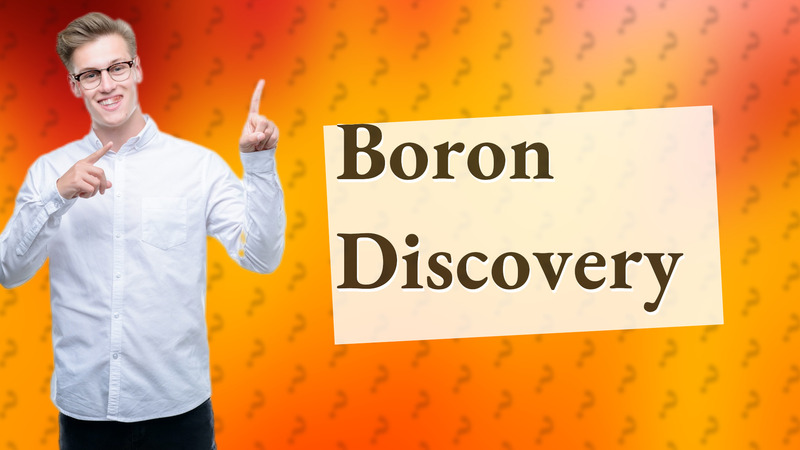
Learn where boron is found, its sources, and its applications across various industries.
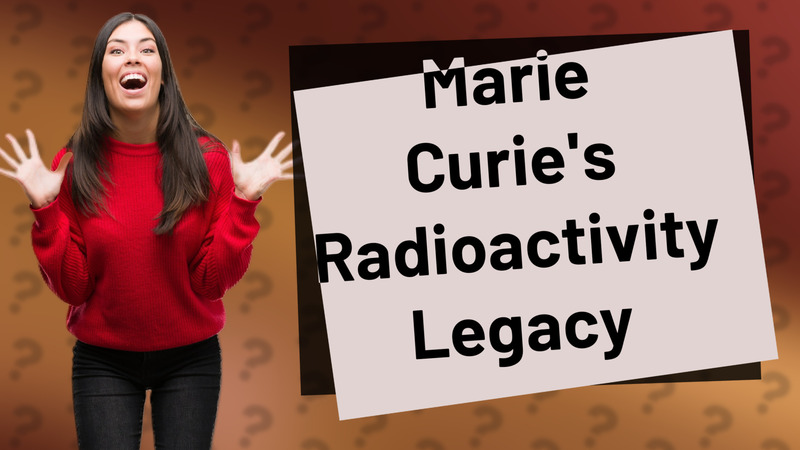
Explore the true discovery of radioactivity and Marie Curie's significant contributions to the field.
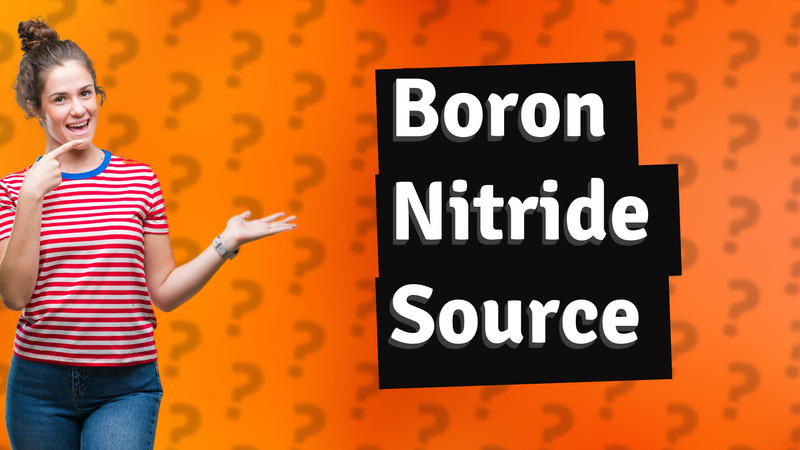
Learn about boron nitride's origins, production methods, and diverse applications in industry.
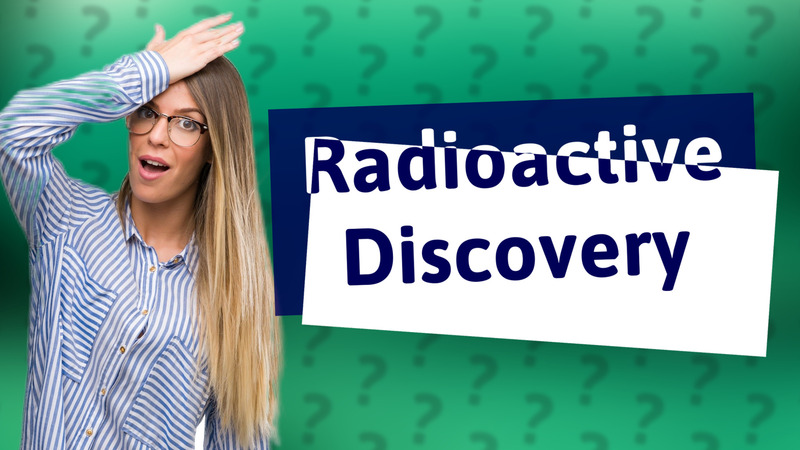
Explore Henri Becquerel's accidental discovery of radioactivity in 1896 and its impact on science and technology.
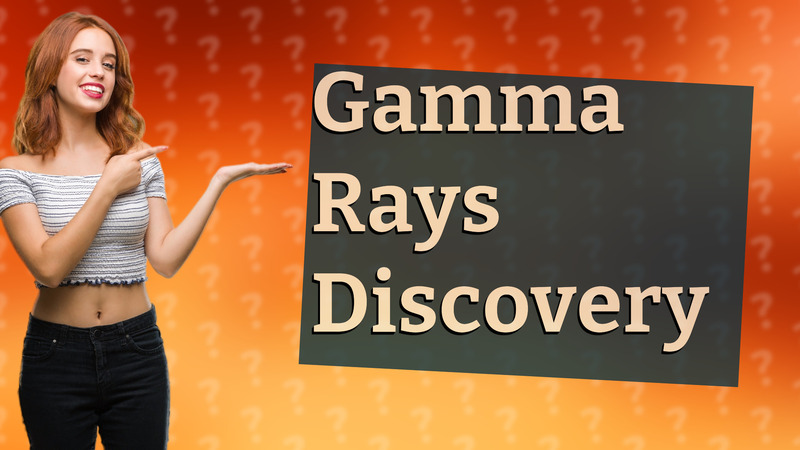
Learn about Paul Villard's discovery of gamma rays and their significance in science and medicine.
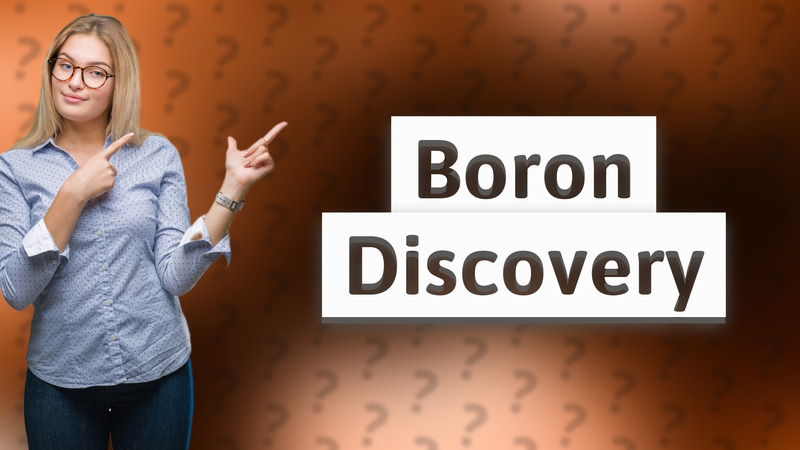
Discover where boron can be found in nature and its applications in various industries.

Learn how to apply the law of conservation of mass in chemical reactions effectively.
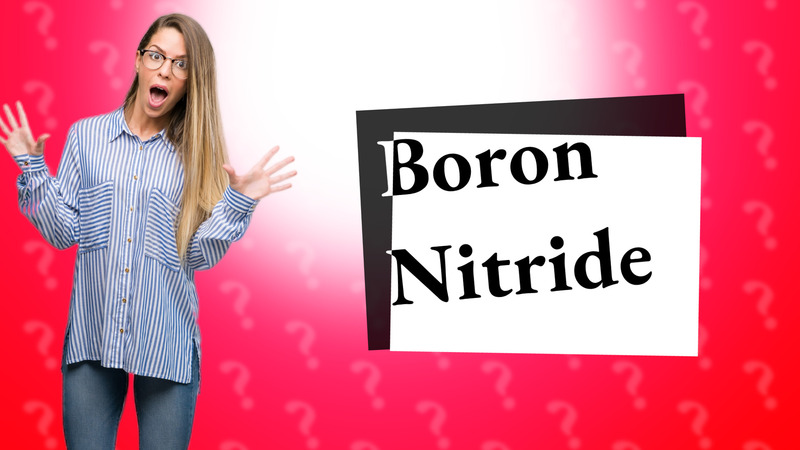
Discover the properties and applications of boron nitride, a versatile chemical compound used in cosmetics, materials, and electronics.

Discover the science behind soap bubbles and what they are made of in this informative Q&A video.

Discover why Carbon Disulfide (CS2) is freely available in educational settings and research despite its hazardous nature.

Learn what rust really is and how it affects iron. Discover prevention methods and the science behind rust formation.

Learn what makes up a bubble and the science behind its formation in this insightful Q&A video.

Explore the quantum mechanical model of atomic structure, including nuclei, electrons, and chemical bonding.

Learn about insoluble products like calcium carbonate and their implications in various industries.

Learn about the structure and behavior of atoms, including protons, neutrons, electrons, and their role in chemical reactions.

Discover whether micro is higher than nano in scientific terms, along with its significance in electronics and chemistry.
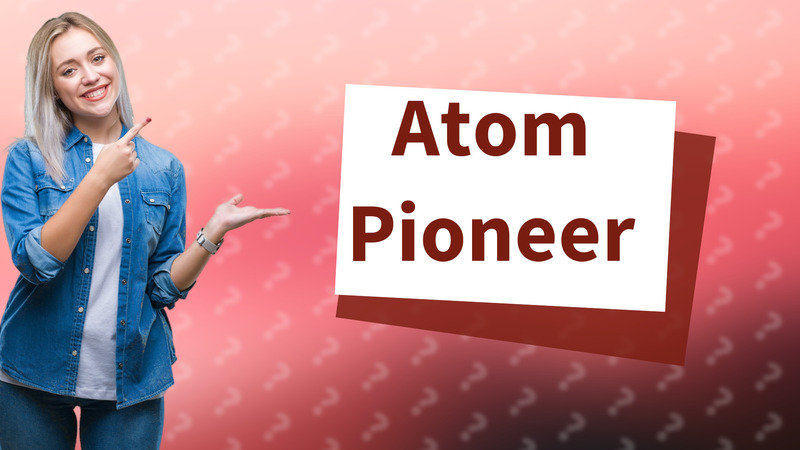
Explore the contributions of John Dalton, the father of atomic theory, and understand the foundations of modern chemistry.

Explore what insoluble matter is, including examples like sand and plastic. Understand why some substances don't dissolve.

Learn how to test solubility in substances and understand the key factors that classify them as soluble or insoluble.

Discover the differences between soluble and insoluble solutions with clear examples like sugar and sand in water.

Discover five examples of insoluble solids and their everyday applications in this informative video.

Learn about the ten materials that dissolve in water and their diverse applications in daily life!

Explore the five major scientific models of atoms, from Dalton to Quantum Mechanics, and understand their unique contributions to atomic theory.

Discover why scientists rely on models to study atoms and understand their behavior. Learn about atomic structure and interactions.

Explore the dual nature of atomic structure in physics and chemistry, highlighting its fundamental concepts.

Discover how modeling aids in visualizing atomic structures and enhances our understanding of chemistry and physics.

Learn how to memorize the atomic masses of the first 20 elements using a fun mnemonic and flashcards!

Explore the key advantages of studying atomic structure, from chemistry foundations to medical advancements.

Learn about soluble and insoluble substances with examples like sugar, salt, and wax. Explore their importance in daily applications.

Explore John Dalton's groundbreaking atomic theory that revolutionized our understanding of matter and its structure.

Explore the significance of atomic structure in chemistry and its implications for technology and medicine.

Discover effective techniques to memorize atomic symbols using mnemonics, flashcards, and visualization. Enhance your chemistry skills now!

Explore the pivotal discoveries that formed the foundation of modern atomic theory.

Discover effective mnemonics to memorize the first 20 elements of the periodic table using fun phrases.

Discover the importance of studying atoms in science and how it leads to breakthroughs in technology and healthcare.
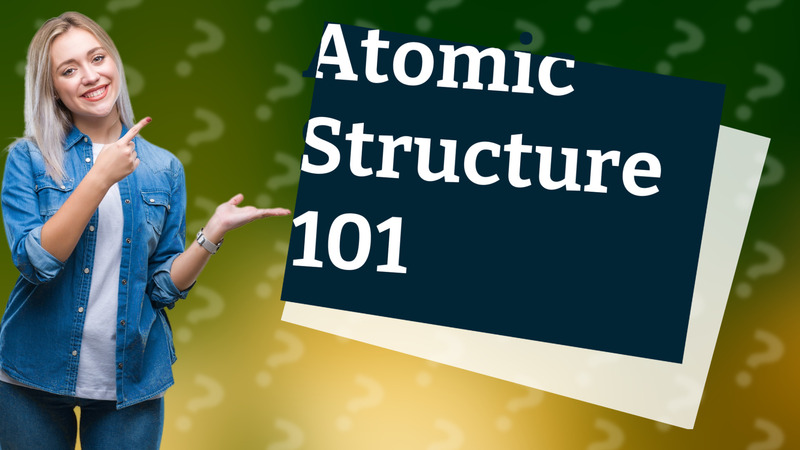
Explore the fundamental definition of atomic structure and how subatomic particles shape the behavior of elements.

Learn how an atom's atomic number is defined by its protons, unique to each element like hydrogen and carbon.

Learn mnemonic techniques and study tips to memorize the first 20 elements of the periodic table efficiently.

Learn about soluble class 10 substances and their significance in chemistry, including examples like salt and sugar.

Discover how atomic structure affects our daily lives, from healthcare innovations to the technology we use.

Explore solubility, its basic concepts, and real-life applications in this informative guide for Year 8 students.

Explore the reasons behind the insolubility of certain substances in this insightful Q&A.

Discover why sand and oil do not dissolve in water and their properties. Learn about mixtures and separation techniques.

Explore the fundamental theory of atomic structure, including protons, neutrons, and electrons in chemical interactions.

Discover 20 common insoluble substances that do not dissolve in water or solvents. Learn their practical applications and characteristics.

Explore the crucial impact of atomic structure discovery on chemistry, physics, and medicine.

Explore the well-substantiated model of atomic structure and its significance in science.

Discover which substances dissolve in water, focusing on salt (sodium chloride) and its applications.

Explore why learning about atomic structure is vital for grasping science's core principles in chemistry, physics, and biology.

Learn the key differences between atom and atomic structure in this concise Q&A video.

Learn what insoluble substances are and their significance in Class 9 chemistry concepts.

Discover what materials are completely insoluble, including diamond, quartz, and more. Learn why these substances resist dissolution.

Discover how John Dalton's Atomic Theory in 1808 provided crucial evidence for atoms' existence and shaped modern chemistry.

Discover key examples of soluble and insoluble substances, their definitions and applications in everyday life.
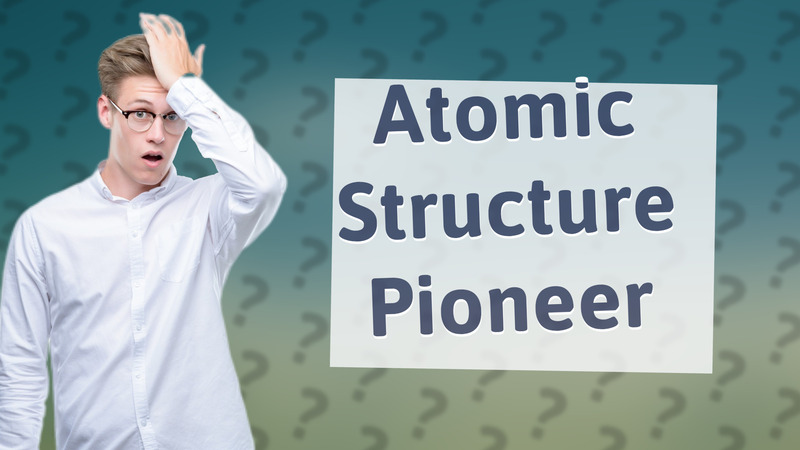
Learn about John Dalton and his groundbreaking Atomic Theory that transformed modern chemistry.

Explore the Bohr model of atoms, a fundamental representation depicting electrons and atomic structure.

Master the first 20 elements of the periodic table with a catchy mnemonic technique.

Discover examples of soluble and insoluble mixtures like salt in water and sand in water, and how they differ.

Discover the 4 atomic models that shaped our understanding of atomic structure, from Dalton to Bohr.

Explore the fundamental concepts of atomic structure, including atoms, nuclei, and chemical behavior.

Discover how John Dalton's groundbreaking ideas laid the foundation of modern chemistry through atomic theory.

Discover five common solids that dissolve easily in water, enhancing your cooking and cleaning tasks.

Explore the 7 atomic models, from Dalton to the Quark Model, in this concise and informative video.

Discover how atomic theory influences daily life, from technology to medicine, and empowers informed decisions in various fields.

Discover the importance of atomic structure in understanding matter, chemistry, and technology development.

Discover what determines atomic structure, including protons, neutrons, and electrons.
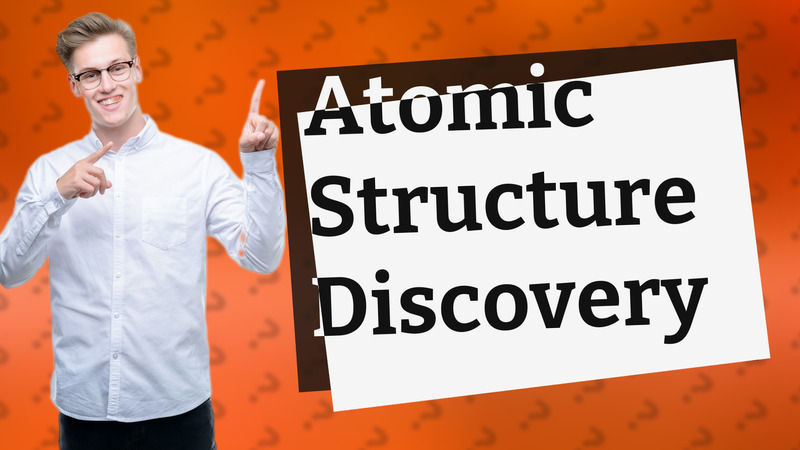
Explore how pivotal experiments led to the discovery of atomic structure, shaping modern science and our understanding of matter.
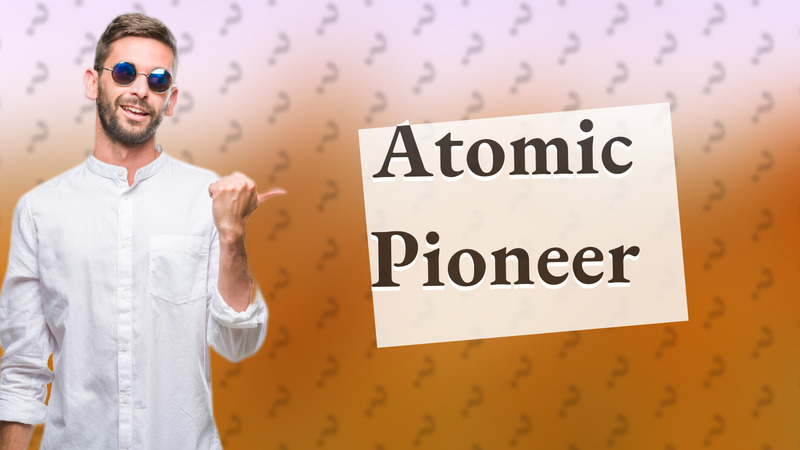
Discover how John Dalton shaped modern chemistry with his atomic theory in the early 19th century.